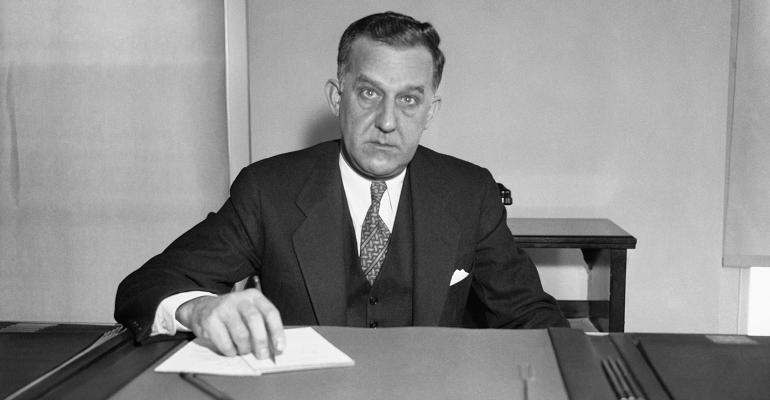On Oct. 31, 2023, the U.S. District Court for the Eastern District of Virginia in Alexandria ruled on a case concerning the ownership of four large original illustrations by the celebrated artist Norman Rockwell, titled, “So You Want to See the President?” Those illustrations had hung in The White House for over 40 years, starting in 1978. Rockwell created the illustrations in 1943 and gifted them to Stephen T. Early, Sr. (Grandfather Early), who was then the Press Secretary for President Franklin D. Roosevelt. Rockwell had included a sketch of Grandfather Early among the other figures in the illustrations.
Relatives Claim Ownership
Certain descendants of Grandfather Early sued one of his grandsons, William Nile Elam, III, who now owed those illustrations, claiming they were entitled to an ownership interest in them. They contended that the illustrations were owned by Grandfather Early at the time of his death and that when he died intestate in the District of Columbia in 1951, they or their predecessors each inherited an ownership interest in the illustrations. William argued that these relatives had no claim to any ownership interest in the illustrations because Grandfather Early didn’t, in fact, own the illustrations at the time of his death. William also argued that he was the sole and rightful owner of the illustrations because Grandfather Early had gifted them to William’s mother in 1949; that William’s mother was the last person to have actual possession of the illustrations; and William’s mother had later gifted the illustrations to him in 1999.
Court Rules in Favor of Grandson
The court ruled in favor of William on all counts, finding that: the estate documents showed that Grandfather Early didn’t own the illustrations the time of his death; William’s mother was entitled to the presumption of ownership of the illustrations based on her actual possession of them; the relatives had insufficient admissible evidence to rebut that presumption of ownership; William’s mother had either gifted or bequeathed the illustrations to William; the other relatives had no ownership interest in the illustrations; and William was the sole and rightful owner of the illustrations.
Court’s Reasoning
A significant basis for the court’s ruling was the fact that the official accounting of Grandfather Early’s estate didn’t include any mention of the Illustrations, despite the fact that the accounting listed other less valuable personal property owned by Grandfather Early at the time of his death. The court stated:
The undisputed facts are telling. Grandfather Early died intestate, and the official accounting of his estate did not include the Illustrations – despite the fact that, as the Defendants themselves proffer, Grandfather and Grandmother Early had a “keen awareness of the importance of owning any piece by Norman Rockwell” and the Illustrations were their “most precious and prized possession. These estate documents, which Grandmother Early signed under oath and which were deemed “a true and perfect Inventory of the Goods, Chattels, and Personal Estate” of Grandfather Early, included assets worth as little as $1.50. One can then only conclude that the Illustrations were not a part of Grandfather Early’s estate because he had already gifted them during this lifetime.
The court also referred to the fact that the illustrations were mentioned in the will of William’s mother, but that they weren’t mentioned in the wills or estate inventories of any of the other descendants of Grandfather Early.
The court noted that the relatives’ only rebuttal was their argument that there were a number of possible reasons that could explain those omissions. The court rejected that argument as “rank speculation,” stating that “these far-flung theories are completely untethered to any evidence or any factual bases from which the Court can draw any legal conclusions.”
The court also rejected the relatives’ argument that William’s claim to ownership of the illustrations should fail because of his alleged inability to prove that they were gifted to his mother by Grandfather Early, prior to his death. The court held that it was the relatives’ burden to prove their superior title to the illustrations and that under the applicable law “Defendants cannot meet their burden to produce evidence of superior title by pointing to the absence of record evidence proving [that] gift.”
Lessons Learned
The court’s ruling in this case should be of interest to practitioners in the area of trusts and estates for a number of reasons, including the fact that it demonstrates the importance of careful will drafting and proper accounting of the decedents’ personal property in the inventories of their estates.
Thomas C. Junker is an attorney with the Fiske Law Group, PLLC in Alexandria, Va., and he was one of the attorneys who represented William Nile Elam, III in this case





